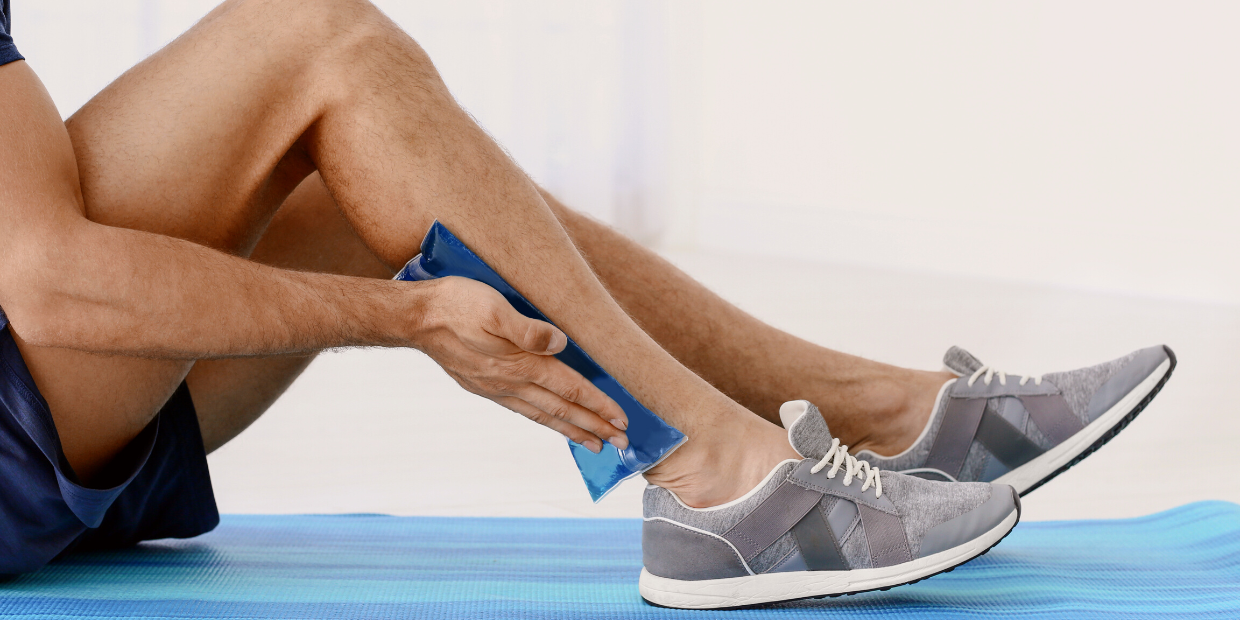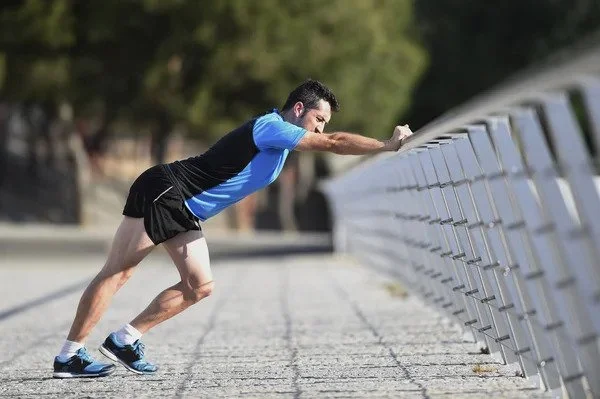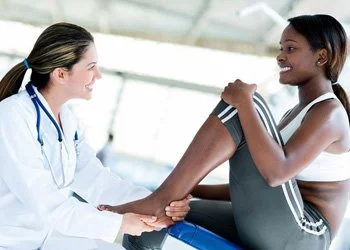Running enthusiasts, we know the joy of hitting the pavement and the sense of accomplishment that comes with each mile. But what happens when a nagging calf pain threatens to derail your running routine? Many runners experience this frustration, often wondering what's causing the discomfort and how to overcome it. One common question we hear is, "My left calf has been bothering me lately, even with increased potassium intake. Running is my passion, and I don't want to give it up. What can I do?"
If this sounds familiar, you're not alone. Calf pain can have various causes, and while potassium is important for muscle function, it might not be the sole solution.
Here's a breakdown of possible culprits and actionable tips:
Overuse and Strain: Running places significant stress on your calves. If you've recently increased mileage or intensity, it's possible you've simply overdone it.
Muscle Imbalance: Weaknesses or tightness in other leg muscles can lead to compensatory strain on the calves.
Improper Footwear: Worn-out or ill-fitting shoes can contribute to calf pain.
Dehydration: Inadequate fluid intake can lead to muscle cramps and discomfort.
What Can You Do?
Rest and Ice:
Rest: Take a break from running for a few days or switch to low-impact activities like swimming or cycling to give your calf a chance to heal.
Ice: Apply ice packs to the affected area for 15-20 minutes at a time, several times a day, especially after any activity. This will help reduce inflammation and pain. You can also try a contrast bath (alternating between warm and cold water) to promote blood flow and healing.
Stretching and Strengthening:
Stretching: Focus on stretches that target the calf muscles, like the standing calf stretch, seated calf stretch, and downward dog. Hold each stretch for 30 seconds and repeat 2-3 times. You might also consider using a foam roller to massage and loosen tight muscles.
Strengthening: Incorporate exercises that build calf strength, like calf raises (both seated and standing), heel walks, and toe walks. Start with 2-3 sets of 10-12 repetitions and gradually increase as your strength improves.
Hydration:
Hydration: Aim to drink at least 8 glasses of water per day, and more if you're exercising or sweating heavily. Carry a water bottle with you on runs, and consider using electrolyte drinks for longer runs or in hot weather.
Proper Footwear:
Proper Footwear: Visit a specialty running store to get fitted for shoes that provide adequate support and cushioning for your feet and running style. Replace your shoes every 300-500 miles or sooner if they show signs of wear and tear.
Additional Tip: You can also consider using compression socks or sleeves to help support your calf muscles and improve blood flow during and after runs.
Consider Professional Help: If pain persists, consult a healthcare professional or a sports medicine specialist to rule out any underlying conditions and create a personalized treatment plan.
Don't let calf pain sideline your running dreams. At DMP Fitness, we're passionate about helping you achieve your fitness goals. If you're struggling with persistent pain, check out our resources on injury prevention and recovery or reach out to our team of experts for personalized guidance.
Remember, listening to your body is key. By taking proactive steps to address calf pain and prioritizing recovery, you can continue to enjoy the sport you love for years to come.
Happy running!
The DMP Fitness Team










